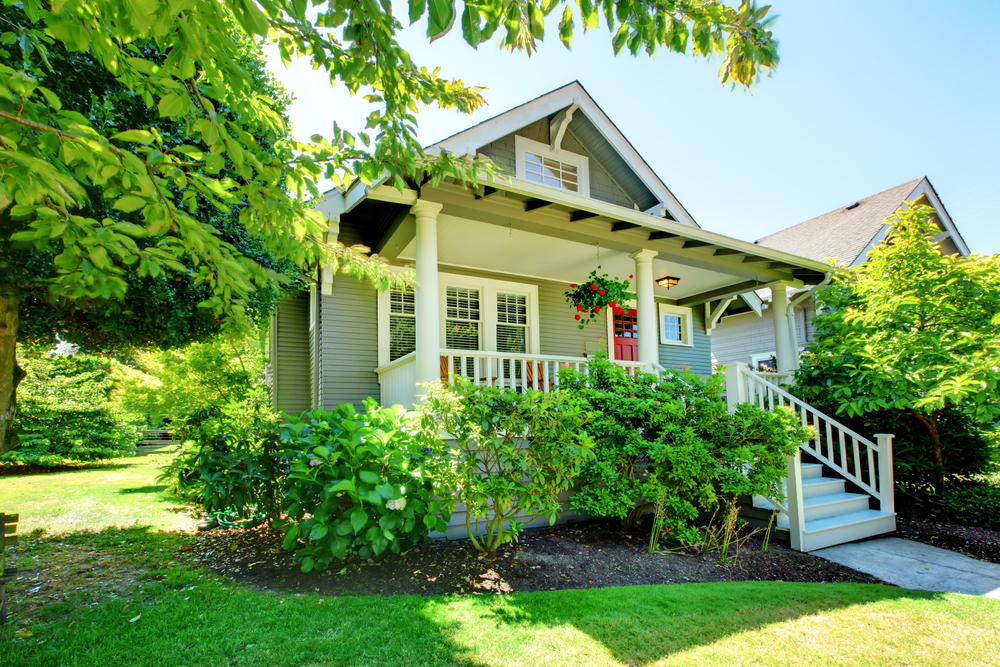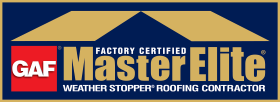Trees add beauty, shade, and value to your property. But when they get too close to your home, especially your roof, they can quickly go from charming to destructive. At Topper Roofing, a Frederick County roof repair company, we’ve seen firsthand how a single fallen limb can turn into thousands of dollars in repairs or worse, cause structural damage that compromises your entire home.
In this blog, we’ll break down the most common types of tree-related roof damage, how to prevent them, and what to do if a tree limb falls on your roof.

The Usual Suspects: Common Types of Tree-Related Roof Damage
Not all tree damage is dramatic. Sometimes it’s slow and subtle. Other times, it’s fast and devastating. Here’s what we see most often:
1. Fallen Limbs
This is the big one. Whether due to wind, ice, or rot, a heavy limb can crash onto your roof with surprising force. That impact can break shingles, crack decking, or even punch a hole right through the roof.
2. Overhanging Branches
Branches that appear harmless can cause long-term roof wear; even if a branch doesn’t fall, it can still scrape your shingles raw. Over time, this abrasion can wear down protective granules, exposing the underlying material to moisture and UV damage.
3. Clogged Gutters
Leaves, twigs, and debris from nearby trees easily collect in gutters. When your gutters can’t drain properly, water backs up under your shingles or spills over onto your siding and foundation.
4. Moss and Mold Growth
Overhanging trees block sunlight, keeping your roof damp and dark. This creates a perfect breeding ground for moss, algae, and mold, all of which can shorten the life of your roofing materials.
5. Animal Access
Trees close to your roof give squirrels, raccoons, and other critters easy access to your attic. Once inside, they can chew insulation, wiring, and even structural elements.
Prevention Starts with Smart Tree Care
You don’t have to choose between trees and a solid roof. Here’s how to protect both:
- Trim Back Branches
Keep branches at least 6 to 10 feet away from your roofline. Hire a certified arborist if the work is too high or hazardous.
- Remove Dead or Dying Trees
Dead wood is unstable. If a tree looks sick, has fungus growth, or shows signs of decay, it may need to go before it falls unexpectedly.
- Clean Gutters Regularly
Aim for twice a year more if you live in a wooded area. Consider gutter guards to reduce buildup.
- Schedule Routine Roof Inspections
Have professionals like Topper Roofing check your roof at least once a year. We catch small issues before they become big problems.
What to Do if a Tree Limb Falls on Your Roof
If a branch comes down, whether during a storm or out of the blue, stay calm but act fast.
1. Get Everyone Safe
If the damage is severe, evacuate the home. Downed branches can weaken the structure or cause hidden water damage.
2. Call Emergency Services (if needed)
If power lines are involved, call 911. Do not attempt to move anything yourself.
3. Document the Damage
Take clear photos from a safe distance. These will help with your insurance claim later.
4. Contact Your Insurance Company
Let them know what happened and start the claim process. Be ready to share the photos and any reports from roofers or emergency crews.
5. Call a Roofing Professional
Once the situation is stable, contact Topper Roofing for a full inspection and repair plan. We’re experienced in storm damage repair, insurance coordination, and getting your roof back to top shape.
Angi also recommends avoiding any DIY removal of limbs, especially near power lines, and calling professionals for safe cleanup and assessment.
Why Fast Action Matters
A tree limb on your roof isn’t just a mess, it’s an open invitation for water to get in. The longer you wait, the worse the damage gets. Mold can start growing within 24-48 hours. Rot sets in fast. And insurance may deny your claim if you don’t act quickly.
Owens Corning’s Storm Damage Checklist advises homeowners to inspect the attic for signs of leaks or water intrusion after any storm-related tree fall.
Keep Your Roof Safe with Help from Topper Roofing
We’ve been helping homeowners throughout Maryland, Northern Virginia, West Virginia, Pennsylvania, and Delaware protect their homes from the unexpected since 1988. Our team knows how to handle everything from minor repairs to full roof replacements fast, clean, and done right.
Don’t wait for a tree to make the first move. Schedule a free inspection today, and we’ll help you keep your roof strong, secure, and ready for anything nature throws at it.





